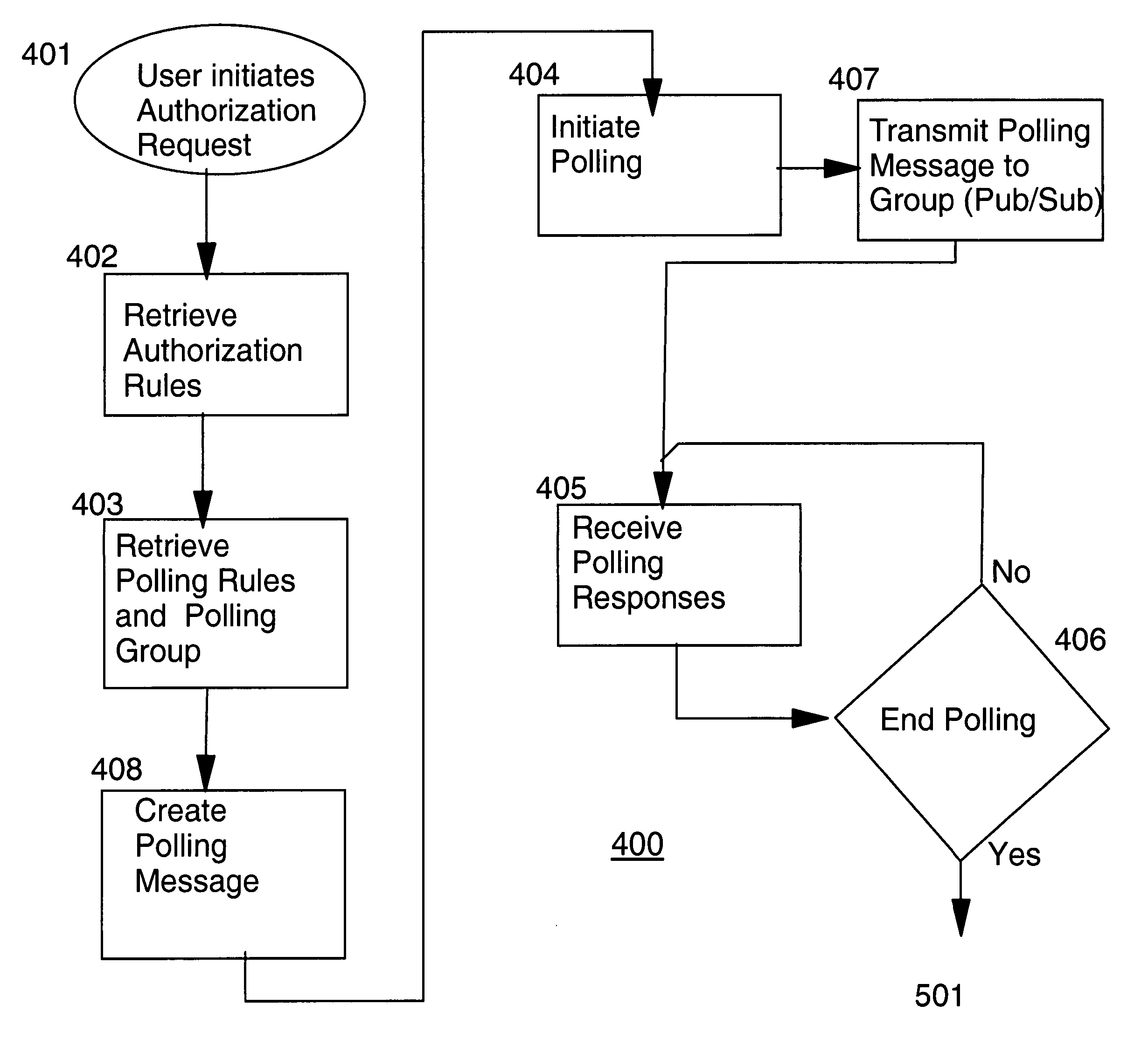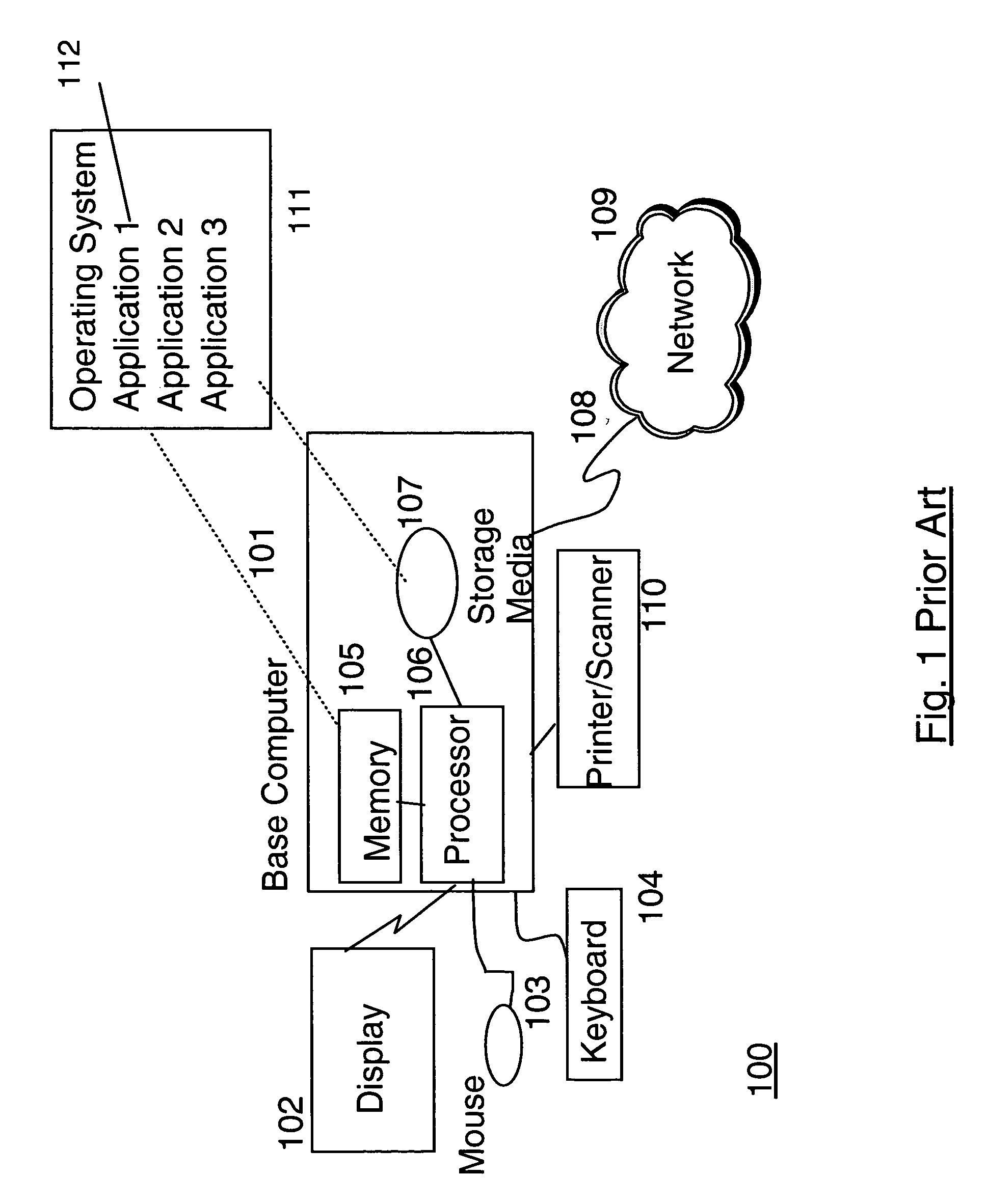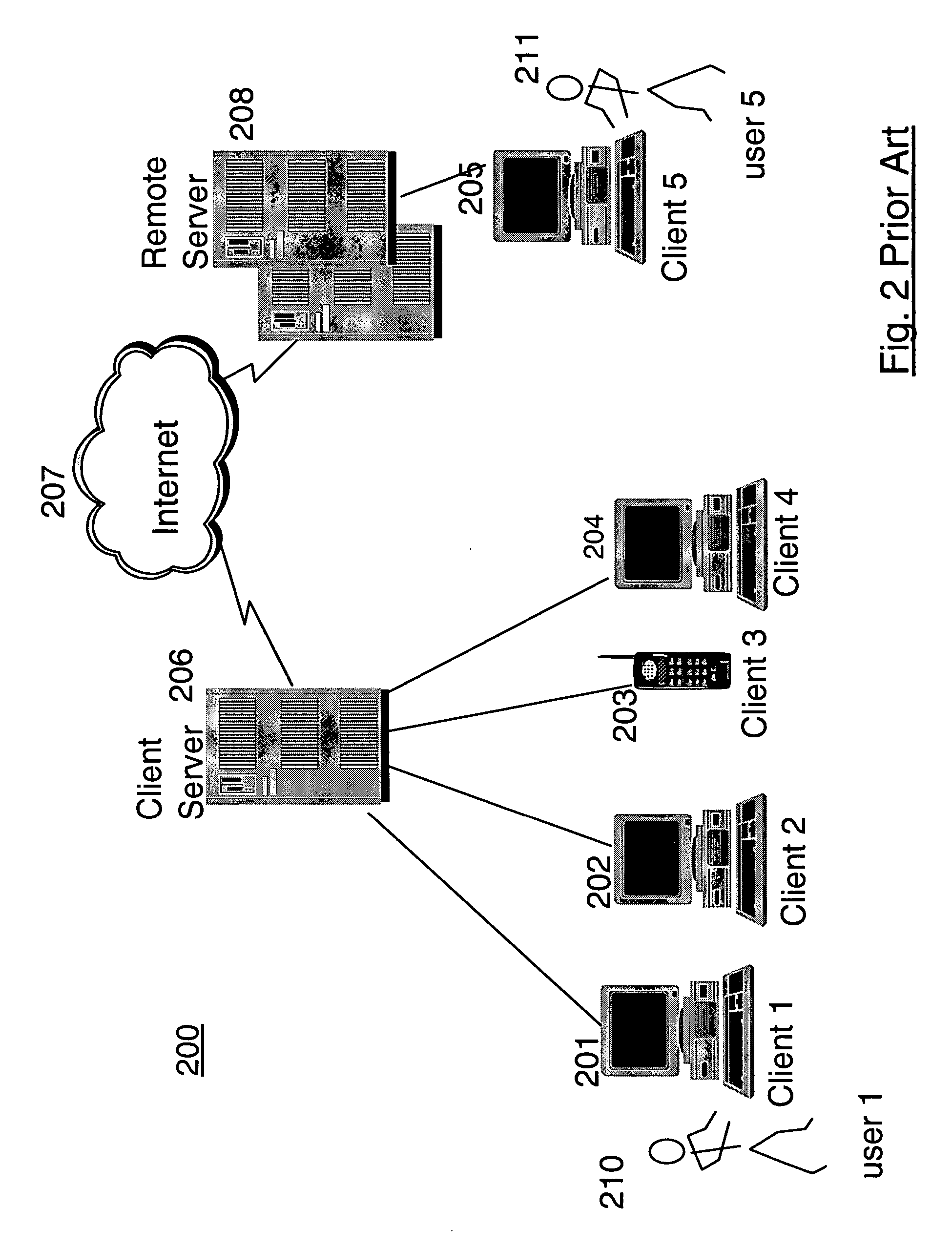Real-time voting based authorization in an autonomic workflow process using an electronic messaging system
a workflow process and real-time voting technology, applied in the field of electronic communication systems and methods, can solve the problems of time-consuming and relatively unstructured processes, and achieve the effect of more streamlined workflow processes
- Summary
- Abstract
- Description
- Claims
- Application Information
AI Technical Summary
Benefits of technology
Problems solved by technology
Method used
Image
Examples
example scenario
oderated Authorization
[0041] In ICT, a user wants to create a new community. The user uses a group management plugin and initiates a creation request for a new community. This request is handed to the vote-processing system.
[0042] The system creates a new voting instance with the following rule set:
[0043] non-weighted (all users equals voting)
[0044] minimum percentage online responders 5%
[0045] minimum count (100 responses required)
[0046] simple majority (50.1% or greater)
[0047] timeout is set to 5 minutes
[0048] From this, a poll is published to the entire subscriber group subscribing to the community, giving each subscriber a chance to anonymously respond. The results are continually tabulated by the system. Once the timeout occurs, the current tabulation is compared against the ruleset. In an example instance the response is: [0049] Response: 3000 people online, 240 respond, 110 vote ‘yes’[0050] Result: 8% response rate, >100 responses, %45.8 yes vote: FAILS on simple major...
PUM
 Login to View More
Login to View More Abstract
Description
Claims
Application Information
 Login to View More
Login to View More - R&D
- Intellectual Property
- Life Sciences
- Materials
- Tech Scout
- Unparalleled Data Quality
- Higher Quality Content
- 60% Fewer Hallucinations
Browse by: Latest US Patents, China's latest patents, Technical Efficacy Thesaurus, Application Domain, Technology Topic, Popular Technical Reports.
© 2025 PatSnap. All rights reserved.Legal|Privacy policy|Modern Slavery Act Transparency Statement|Sitemap|About US| Contact US: help@patsnap.com



